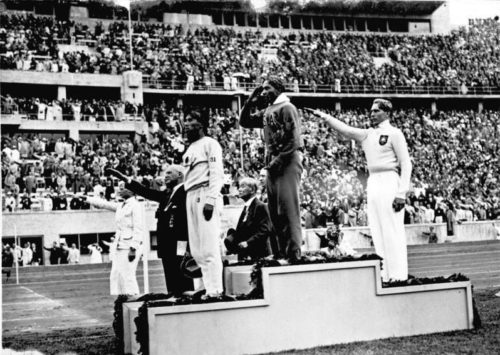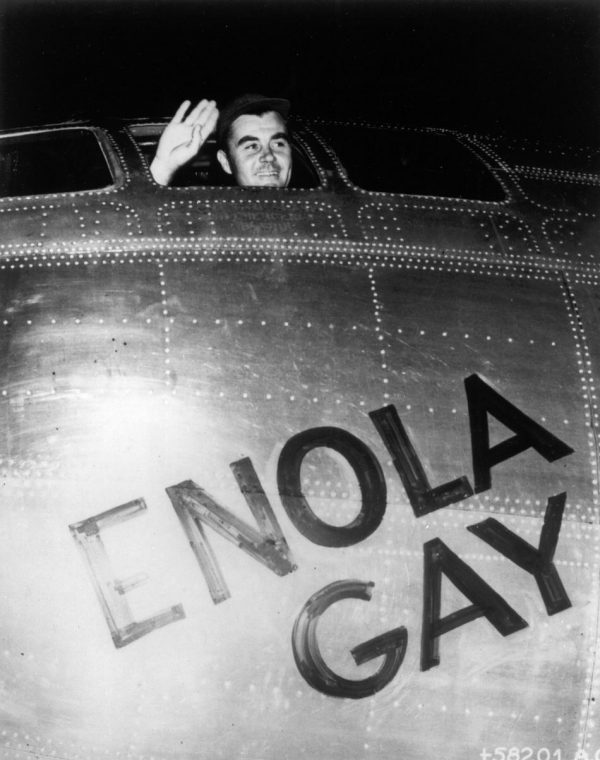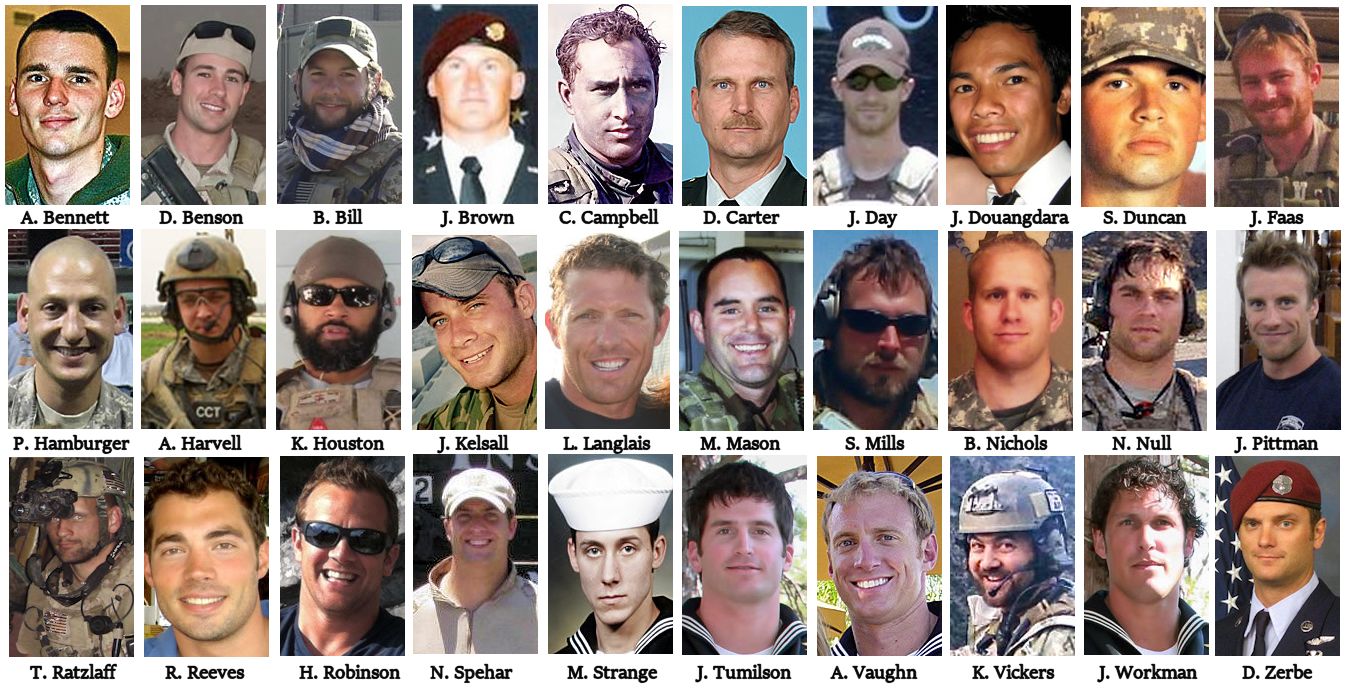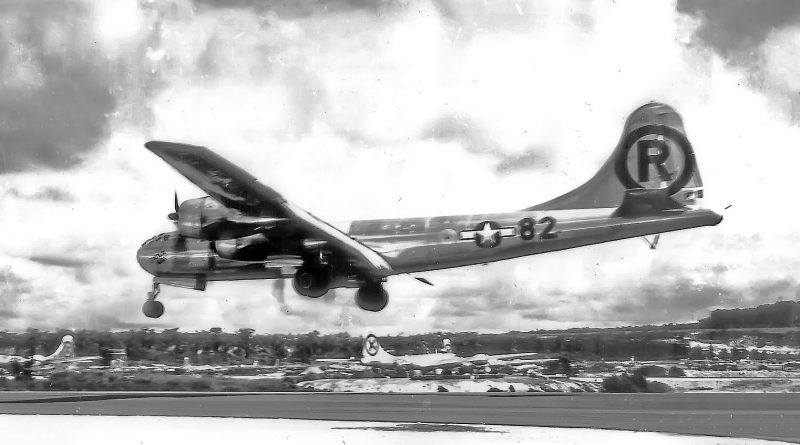August 6 in U.S. military history
1763: With Ottawa chief Pontiac laying siege to Fort Pitt (modern-day Pittsburgh), a force marches to the frontier fort to break the siege, consisting of Pennsylvania rangers and Scottish soldiers of the 42d Royal Highlanders — the famed “Black Watch.” Allied natives ambush the relief force at a creek known as Bushy Run and a bloody two-day battle kicks off. Col. Henry Bouquet’s men emerge victorious, routing the Indians — although at high cost to the Scottish/American troops — and lifting the siege at Fort Pitt.
Today’s 111th Infantry Regiment traces its lineage to the Philadelphia “Associators” militia regiment (formed by Benjamin Franklin) that manned Fort Pitt. Each year at their “dining-in” banquet, an empty table setting is left in honor of the commander of the Black Watch. At least twice in the last 200-plus year tradition, the officer has been on hand to accept the honor.

1945: A lone B-29 bomber takes off from Tinian Island’s North Field and heads out for a six-hour flight to Japan. Once the Enola Gay (featured image) is over its target of Hiroshima, Col. Paul Tibbetts releases the bomb and dives to speed away from the device’s powerful shock wave. 43 seconds later, the world’s first atomic bomb detonates, killing between 80,000 and 140,000 Japanese instantly, and severely wounding another 100,000.

Although the United States demonstrated they now possess the ability to utterly annihilate entire cities, the Japanese government vows to fight on. Another atomic bomb will have to fall before Japan is brought to its knees.
2011: An enemy rocket-propelled grenade hits a CH-47 Chinook helicopter carrying a quick-reaction force of Navy SEALs flown in to augment a team of Rangers trying to kill or capture a senior Taliban leader. The helicopter crashes and all aboard are killed (33 passengers, five crew, and a working dog), making it the deadliest incident for the U.S. military during Operation Enduring Freedom.

The helicopter crew consisted of pilot, Chief Warrant Officer 5 David R. Carter (47, of Centennial, Colo.), Sgt. Alexander J. Bennett (24, of Tacoma, Wa.), Specialist Spencer C. Duncan (21, of Olathe, Kan.), Staff Sgt. Patrick D. Hamburger (30, of Grand Island, Neb.), and Chief Warrant Officer 2 Bryan J. Nichols (31 of Hays, Kan.).
The fallen SEALs include Petty Officers Darrick C. Benson (28, of Angwin, Calif.), Christopher G. Campbell (36, of Jacksonville, N.C.), Matthew D. Mason (37, of Kansas City, Mo.), Jesse D. Pittman (27, of Willits, Calif.), Nicholas P. Spehar (24, of St. Paul, Minn.), Jon T. Tumilson (35, of Rockford, Iowa), Aaron C. Vaughn (30, of Stuart, Fla.), and Jason R. Workman (32, of Blanding, Utah); Chief Petty Officers Brian R. Bill (31, of Stamford, Conn.), John W. Faas (31, of Minneapolis), Kevin A. Houston (35, of West Hyannisport, Mass.), Stephen M. Mills (35, of Fort Worth, Texas), Heath M. Robinson (34, of Detroit), and Robert J. Reeves (32, of Shreveport, La.); Senior Chief Petty Officer Thomas A. Ratzlaff (34, of Green Forest, Ark.), Master Chief Petty Officer Louis J. Langlais (44, of Santa Barbara, Calif.), and Lt. Cmdr. Jonas B. Kelsall (32, of Shreveport, La.).
Three airmen accompanied the SEALs: Combat Controller Staff Sgt. Andrew W. Harvell (26, of Long Beach, Calif.) along with Pararescuemen Tech. Sgt. John W. Brown (33, of Tallahassee, Fla.) and Tech. Sgt. Daniel L. Zerbe (28 of York, Pa.). The five special warfare support personnel included CPO Nicholas H. Null (30, of Washington, W.Va.), PO1 Michael J. Strange (25, of Philadelphia), SCPO Kraig M. Vickers (36, of Kokomo, Hawaii), PO1 Jared W. Day (28, of Taylorsville, Utah), PO1 John Douangdara (25, of South Sioux City, Neb.) and his dog “Bart.”
Also aboard were seven Afghan commandos and an Afghan interpreter.
